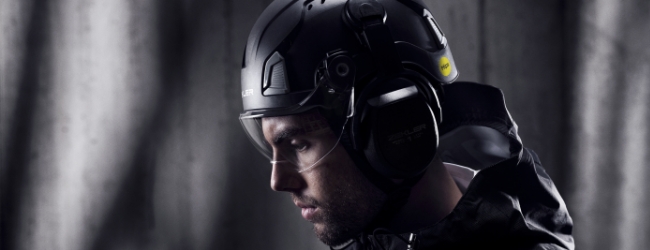
Head protection
Head injuries are one of the most serious workplace injuries you can experience. Unfortunately, accidents resulting in head injuries occur relatively frequently and can be caused by falls, blows, or being struck by falling objects, among other things. If you sustain a head injury, it can have devastating consequences for the rest of your life. You may experience problems such as fatigue and dizziness, drastic changes in personality, significant cognitive impairment, and paralysis.
There are several types of head protection available. Protective helmets and impact-resistant caps are the most common. The type of head protection to be used depends on the risks present in the workplace and the work environment you are in. There are also several factors that can affect the protection's effectiveness. For example, a helmet's lifespan is affected if it is exposed to chemicals or prolonged sunlight.
When should a helmet be replaced?
The helmet should be immediately replaced if it has been exposed to:
- chemicals
- a strong impact
- prolonged sunlight
Read more here about what we believe is important to know about head protection.
When purchasing a helmet, it is also important to consider whether it should be compatible with different accessories. What accessories are available for helmets? Well, everything from hearing protection and eye protection to chin straps. Read more about helmet accessories here.
Also, keep in mind that certain helmets must meet certain standards. Here you can read about Standards for head protection, protective helmets, impact-resistant caps, and impact-resistant hats.






